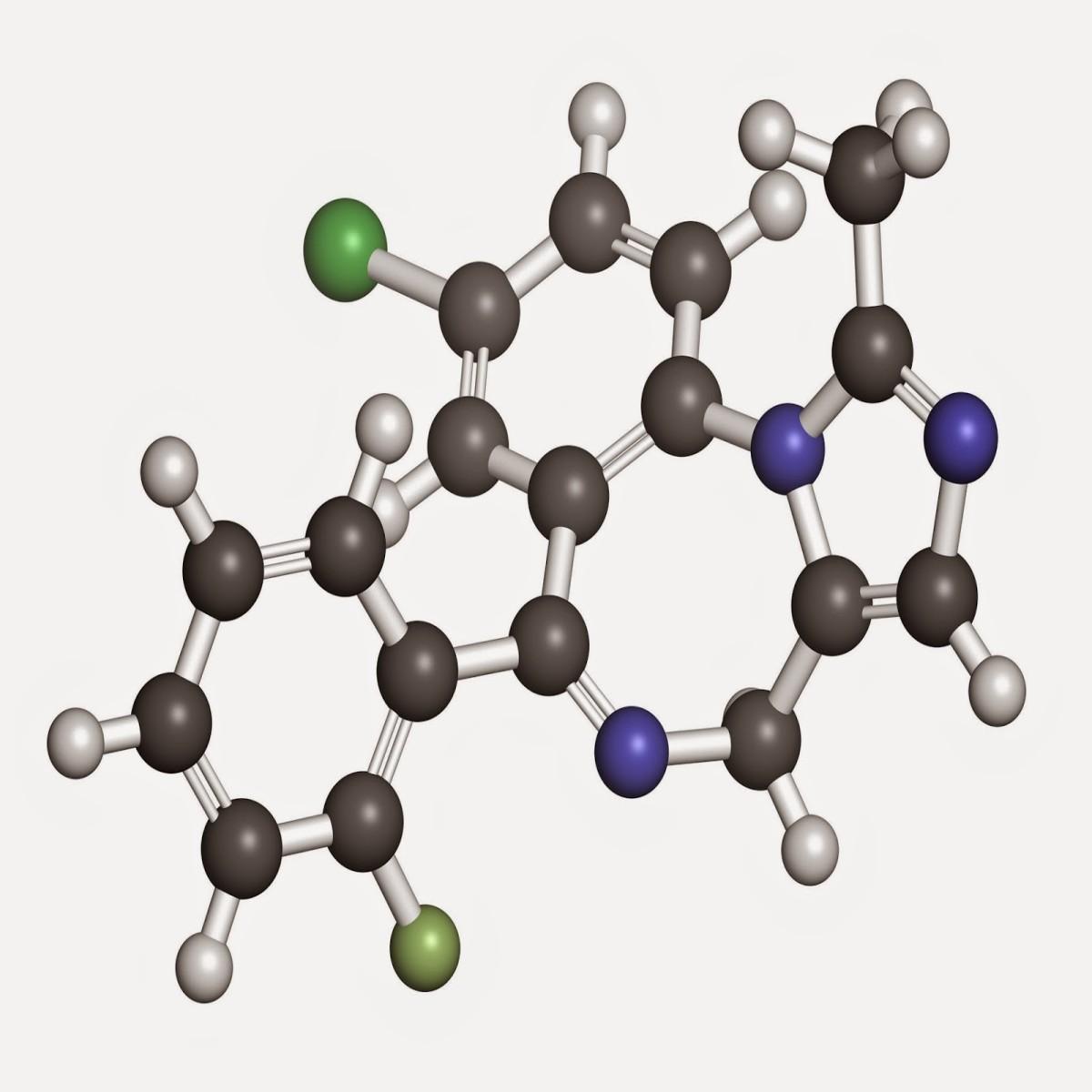Ethyl Acetate: An Important Solvent and Ester in Organic Chemistry

CH3COOH + C2H5OH ⇌ CH3COO C2H5 + H2O
This reversible reaction is catalyzed by either strong acids like sulfuric acid or solid acid catalysts like zeolites. Modern industrial processes utilize continuous reactors under elevated temperatures and pressures to drive the equilibrium towards the ester product. Typical production yields are over 95% ethyl acetate.
Applications and Uses
Due to its favorable properties as a volatile, mild solvent, ethyl acetate finds widespread application in industries like paints, coatings, adhesives, pharmaceuticals, food processing and more. Some key uses of ethyl acetate include:
- Paints and Coatings: Ethyl Acetate Acts as a solvent and thinner for paints, vinyl acetates, lacquers, and resins. Provides fast drying properties.
- Pharmaceuticals: Used as a solvent in the production of various drugs, tablets, and capsules due to its generally recognized as safe (GRAS) status.
- Adhesives: Features prominently as a solvent carrier in contact adhesives, polyvinyl acetates (PVAc), and white glues.
- Food Processing: Commonly used as an artificial flavoring and as an extraction solvent for food products like coffee, juices and vanilla.
- Electronics Cleaning: Effective solvent for cleaning circuit boards and electronic assemblies. Has good solvency for solder fluxes and ionic contaminants.
-Personal Care Products: Acts as a solvent for nail polishes and fragrance/flavor formulations in lotions, perfumes, and more.
Health and Safety
When handled properly and within exposure limits, it generally presents little risk to human and environmental health. However, it is considered toxic if ingested in high amounts and may cause irritation to eyes and respiratory tract upon direct contact. The recommended occupational exposure limit set by organizations like OSHA is 400 ppm averaged over an 8-hour workday. Ethyl acetate is classified as volatile organic compound (VOC) and may contribute to poor indoor air quality and photochemical smog if released unchecked into the atmosphere. Proper handling techniques like ventilation and personal protective equipment are advised when working with this chemical.
Analysis Techniques
Various instrumental techniques are employed to analyze and characterize ethyl acetate properties and purity levels in manufacturing and quality control applications. Spectroscopic methods like infrared (IR) and nuclear magnetic resonance (NMR) spectroscopy are commonly utilized to confirm the molecular structure of ethyl acetate. Gas chromatography (GC) equipped with a flame ionization detector (FID) provides an excellent means of quantifying concentration and measuring purity through separation of components. Titrimetric methods using acid-base or redox reactions also enable purity determination based on functional groups present. Characterization of physical properties such as density, refractive index, boiling point can be performed using dedicated analytical instrumentation as per industry and regulatory standards. Proper analytical method validation is necessary to ensure reliability of quality test data.
Get more insights on Ethyl Acetate
- Art
- Causes
- Crafts
- Dance
- Drinks
- Film
- Fitness
- Food
- Games
- Gardening
- Health
- Home
- Literature
- Music
- Networking
- Other
- Party
- Religion
- Shopping
- Sports
- Theater
- Wellness
- IT, Cloud, Software and Technology


